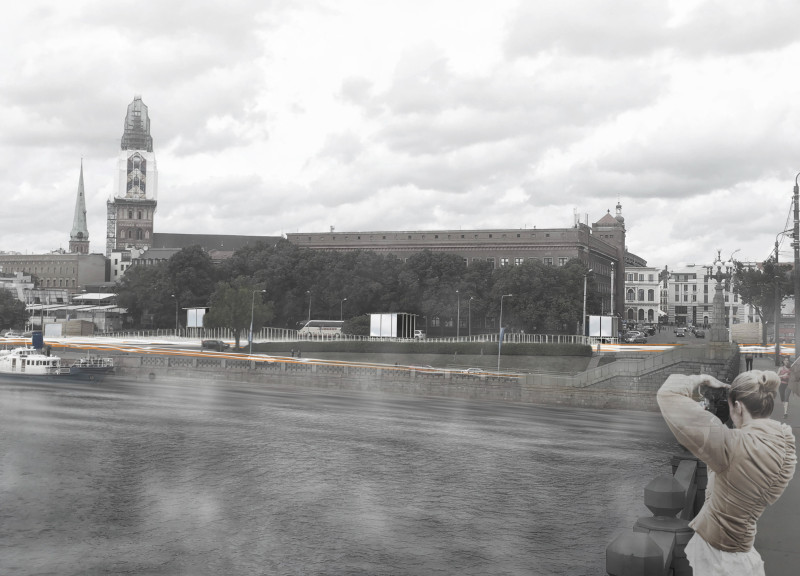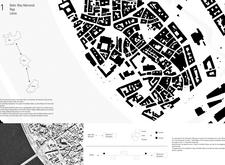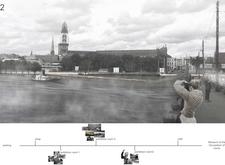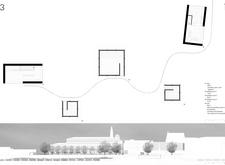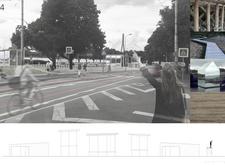5 key facts about this project
## Analytical Report on the Baltic Way Memorial Project
### Overview
The Baltic Way Memorial, located in Riga, Latvia, serves as a commemoration of the Baltic States' pursuit of independence and unity. Originating from the 1989 peaceful protest where approximately two million individuals joined hands across Estonia, Latvia, and Lithuania, the design emphasizes connectivity and historical significance. The memorial is strategically situated to create a link between the Museum of Occupation of Latvia and various exhibition spaces, cafes, and shops, thereby integrating historical reflections with contemporary civic engagement.
### Spatial Strategy and User Engagement
The memorial's design prioritizes a path that encourages visitors to traverse and reflect on the shared history of the Baltic nations. Emphasizing continuity among Tallinn, Riga, and Vilnius, the layout incorporates diverse exhibition rooms dedicated to key historical events that have shaped national identities. Additionally, the inclusion of communal spaces such as cafes and shops serves to activate the area, fostering interaction among visitors and local residents and creating a dynamic environment for both education and leisure.
### Material Considerations
The choice of materials in the memorial's construction reflects its conceptual framework. Concrete is likely used for its structural integrity, symbolizing strength and permanence, while glass may be incorporated in exhibition spaces to facilitate transparency and natural light. Wood could provide warmth in communal areas, and steel may be employed for structural frameworks and design details, ensuring a balance between durability and modern aesthetics. The overall material palette reinforces the memorial's thematic elements while enhancing the user experience.


